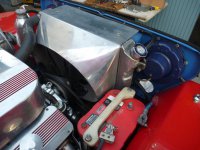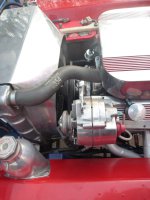CarterKraft
Red Skull Member
Gonna do some looking...
The ideal coolant flow rate is one that will provide optimum coolant flow velocity through the radiator tubes in the range of 6 to 8 feet per second. Flow velocities above 10 feet per second should be avoided.
Motor Coolant Flow Design for Engine Cooling
An article on Engine cooling mods with how to improvements to get better cooling for your motor with lower coolant temps and better heat control on the track
www.enginebasics.com




